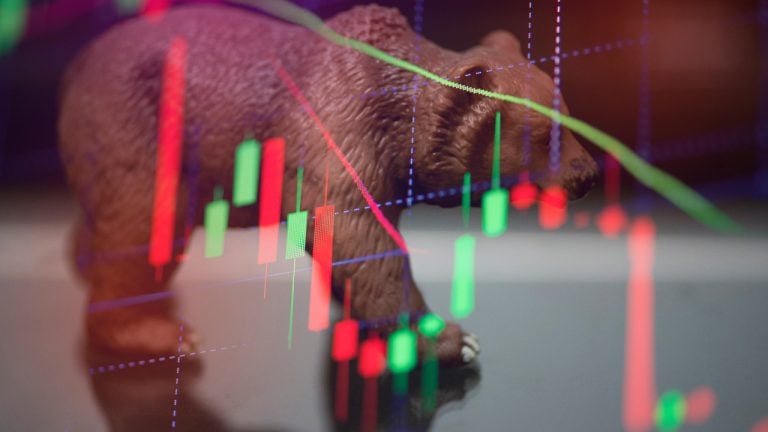
Bitcoin clinches a BTC price boost as the latest U.S. macro data flows in, with all eyes on Powell next.
Bitcoin (BTC) hit new weekly highs after the Sep. 28 Wall Street open as markets awaited fresh cues from the United States Federal Reserve.

Bitcoin summons volatility ahead of Powell speech
Data from Cointelegraph Markets Pro and TradingView showed BTC price strength staging a comeback on the day, having delivered what some referred to as a classic “pump and dump” 24 hours prior.
During that performance, highs of $26,823 appeared on Bitstamp as the result of 2% daily gains before Bitcoin retraced all of its progress.
A slower grind higher then took hold, with bulls edging closer to $27,000 at the time of writing.
Bitcoin appeared to react well to the latest U.S. macroeconomic data prints.
GDP for Q2 grew by 1.7% year on year — below the projected 2.0% — while Personal Consumption Expenditures (PCE) index data for August came in in line with expectations.
“Bring on the volatility,” Keith Alan, co-founder of monitoring resource Material Indicators, told X subscribers beforehand.
Data from the Binance BTC/USD order book uploaded by Alan showed little by way of resistance standing in the way of spot price under the $27,000 mark.
Marked up #FireCharts to help you see the Weekly/Monthly range for #BTC. pic.twitter.com/LQs8i2rZcV
— Keith Alan (@KAProductions) September 28, 2023
The macro data constituted just the prelude to the day’s main event, meanwhile, with Jerome Powell, Chair of the Federal Reserve, due to comment later on.
Powell, whose recent words failed to deliver noticeable volatility to crypto markets, was due to speak at the Fed’s “Conversation with the Chair: A Teacher Town Hall Meeting" event in Washington, D.C. at 4pm Eastern time.
BTC price not out of the woods
Commenting on the state of play on Bitcoin markets, popular trader and analyst Daan Crypto Trades was more optimistic around the strength of the day’s move compared to Sep. 27.
Related: Bitcoin halving to raise ‘efficient’ BTC mining costs to $30K
“Back to yesterday's highs but with considerably less Open Interest,” he noted.
“No doubt there's longs chasing here but it's less frothy than it was yesterday. Would still like to see longs chill out to not get a full retrace later on.”

An accompanying chart tracked open interest as BTC/USD headed higher.
Fellow trader and analyst Rekt Capital meanwhile flagged key resistance trend lines now in play, with Bitcoin required to overcome them to effect a more substantial trend change.
#BTC is right back at the Bull Market Support Band cluster of moving averages, challenging to breakout beyond them$BTC #Crypto #Bitcoin pic.twitter.com/c32BiQOwJ5
— Rekt Capital (@rektcapital) September 28, 2023
Elsewhere in the day’s analysis, Rekt Capital acknowledged that $29,000 could make a reappearance and still form part of a broader comedown for Bitcoin.
“It's important to remember that Bitcoin could technically rally to even as high as ~$29,000 to form a new Lower High (Phase A-B),” he explained alongside a chart.
This article does not contain investment advice or recommendations. Every investment and trading move involves risk, and readers should conduct their own research when making a decision.

















